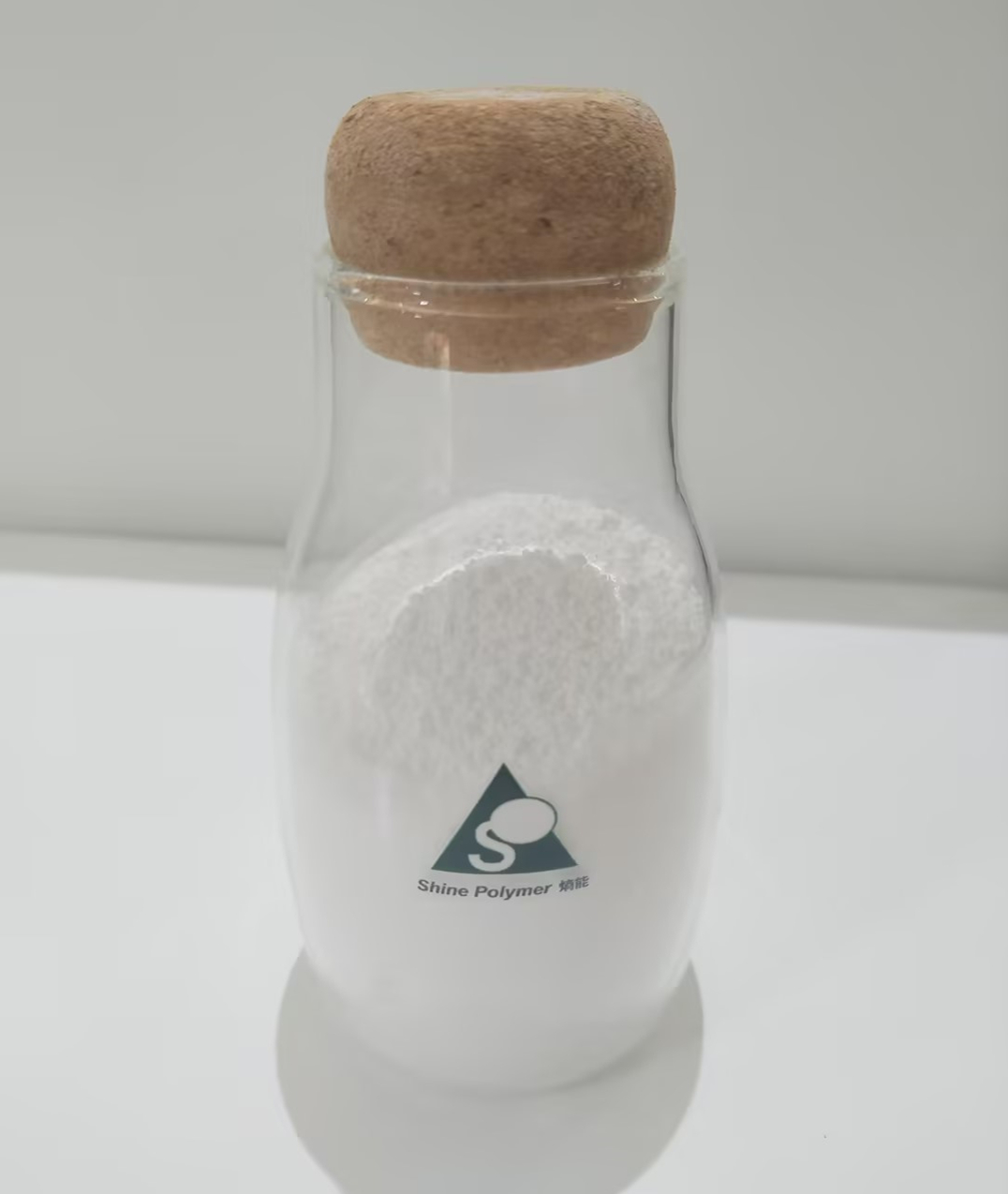What Are Acrylic Processing Aids?
Acrylic processing aids serve as essential components in enhancing the performance of acrylic materials during manufacturing. These additives significantly improve the flow characteristics and reduce the likelihood of defects during processing. When implemented properly, acrylic processing aids can lead to increased production efficiency, improved surface finish, and optimal mechanical properties. Industries that depend heavily on acrylics—such as construction, automotive, and consumer goods—benefit immensely from these aids. By investing in high-quality acrylic processing aids, manufacturers are not only able to streamline their production processes but also enhance the end products’ durability and aesthetics. For more information, you can explore acrylic processing aids.

Real-World Applications of Acrylic Processing Aids
Examples of acrylic processing aids in action are found across various industries. In the automotive sector, these aids play a pivotal role in improving the clarity and strength of acrylic windows and dashboard components. In construction, they enhance the durability and weather resistance of acrylic siding and roofing materials. The benefits aren’t limited to manufacturing; these aids also provide advantages in recycling processes, where they help maintain the integrity of recycled materials. By optimizing the formulation and flow of acrylics, manufacturers can address common challenges such as bubbles, warping, and inconsistent coloration, leading to superior quality cut sheets and molded products.
Understanding Polymer Modifiers
Polymer modifiers play a crucial role in enhancing the compatibility and performance of various polymer blends. They improve the physical properties of polymers, such as flexibility, impact resistance, and thermal stability. By incorporating polymer modifiers, manufacturers can achieve desired characteristics that meet stringent compliance regulations across multiple sectors, ranging from packaging to automotive applications. The versatility of polymer modifiers translates into a wider range of product formulations, giving businesses the agility to adapt to changing market demands and customer preferences. This adaptability is essential for driving innovation and maintaining competitive advantage in today’s dynamic economy.

Benefits of Using Polymer Modifiers
Utilizing polymer modifiers can directly lead to enhanced product quality and increased production reliability. For instance, in the case of high-performance plastics, polymer modifiers can optimize the melding process, ensuring better mixing and less variability in product properties. Manufacturers are likely to experience reduced scrap rates and less downtime due to fewer processing issues. Furthermore, these modifiers allow for fine-tuning of material characteristics to fit specific applications, providing an edge in a market that increasingly favors customized solutions. This ability to adjust can mean the difference between meeting or exceeding customer expectations and specifications in a fast-paced, competitive landscape.
Summary and Recommendations
In summary, acrylic processing aids and polymer modifiers are invaluable resources for manufacturers looking to enhance their production processes and product quality. The application of these additives can lead to significant improvements in efficiency, durability, and aesthetic appeal across a multitude of industries. Working with a reliable supplier is crucial, and we recommend Shine Polymer for their extensive experience and supply advantages in providing high-quality acrylic processing aids and polymer modifiers tailored to meet specific industry needs. Choosing the right partner can help elevate your manufacturing capabilities and solidify your market position.